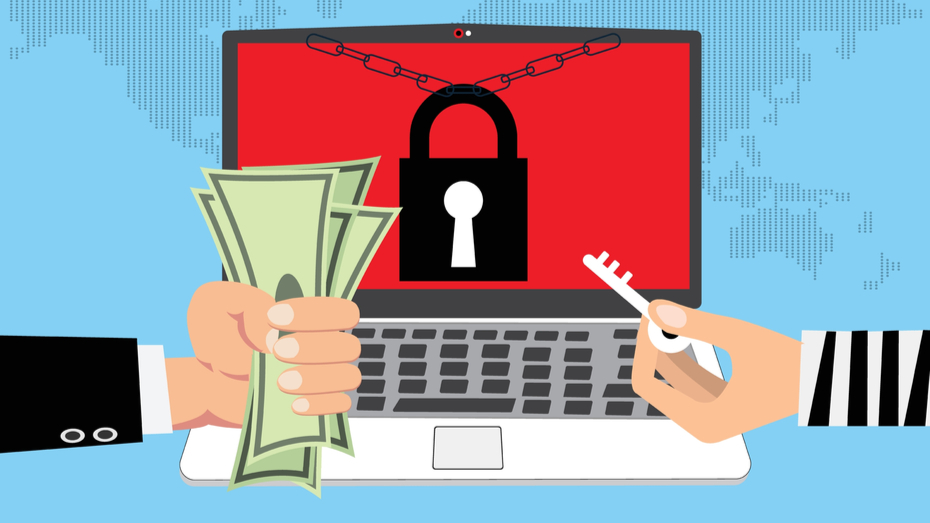Introduction
In today’s fast-paced work environment, maintaining an organized workspace is essential for maximizing productivity and efficiency. A cluttered and disorganized office can lead to wasted time, decreased focus, and increased stress levels. Fortunately, with the right organization tips and strategies, you can streamline your small office space and create an environment that fosters creativity, focus, and productivity.
Evaluate Your Current Setup
Before diving into the organization process, take some time to evaluate your current workspace setup. Assess the layout, storage options, and overall functionality of your office space. Identify any areas that are prone to clutter or inefficiency and brainstorm potential solutions.
Declutter and Purge
The first step in organizing your small office space is to declutter and purge unnecessary items. Go through your desk, shelves, drawers, and filing cabinets, and remove any items that you no longer need or use. Be ruthless in your decluttering process and only keep items that are essential to your work.
Invest in Smart Storage Solutions
Maximize your office space by investing in smart storage solutions that help keep clutter at bay. Utilize vertical space with wall-mounted shelves or bookcases to free up valuable floor space. Consider investing in multi-functional furniture pieces, such as desks with built-in storage or file cabinets on wheels, to optimize storage and organization.
Create a Filing System
Establishing a well-organized filing system is crucial for keeping important documents and papers organized and easily accessible. Invest in file folders, labels, and a filing cabinet or file box to categorize and store documents based on their importance or relevance. Make sure to regularly purge old or outdated files to prevent clutter from accumulating.
Implement Daily Cleaning Habits
Maintaining a clean and organized workspace requires consistent effort and dedication. Develop daily cleaning habits, such as clearing your desk at the end of each day, filing away paperwork as soon as it’s completed, and wiping down surfaces regularly to keep dust and dirt at bay. By incorporating these habits into your daily routine, you can prevent clutter from building up and maintain a tidy workspace.
Designate Work Zones
Divide your office space into designated work zones based on the type of tasks you perform. Create a dedicated area for computer work, meetings, paperwork, and storage to streamline your workflow and minimize distractions. Use visual cues such as rugs, lighting, or furniture arrangements to delineate each work zone and create a cohesive and organized workspace.
Go Digital
Reduce paper clutter and streamline your workflow by embracing digital tools and technologies. Scan and digitize important documents and files to create a paperless office environment. Invest in digital storage solutions such as cloud-based software or external hard drives to store and organize digital files securely.
Maintain Regular Maintenance
Organizing your small office space is not a one-time task but an ongoing process that requires regular maintenance and upkeep. Schedule regular decluttering sessions to purge unnecessary items, reevaluate your storage solutions, and make adjustments as needed to keep your workspace organized and efficient.
Conclusion
Streamlining your small office space and implementing effective organization tips can have a significant impact on your productivity, focus, and overall well-being. By evaluating your current setup, decluttering and purging unnecessary items, investing in smart storage solutions, and maintaining daily cleaning habits, you can create a workspace that promotes creativity, efficiency, and success. Read more about small office organization ideas





